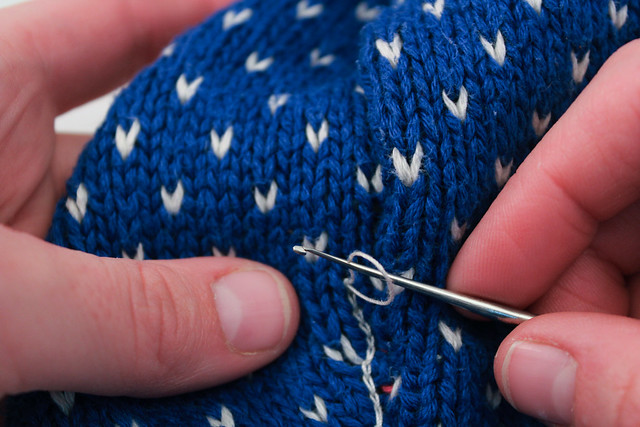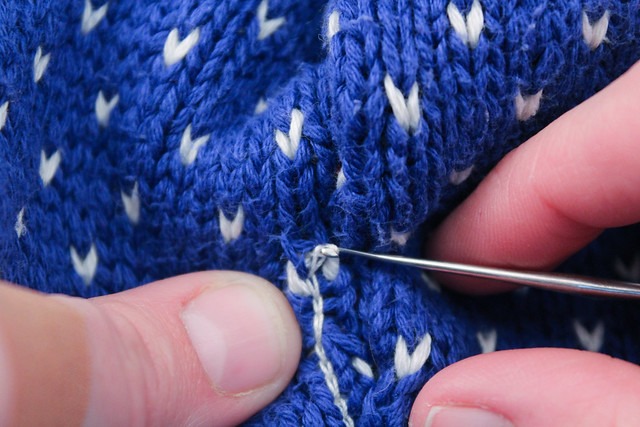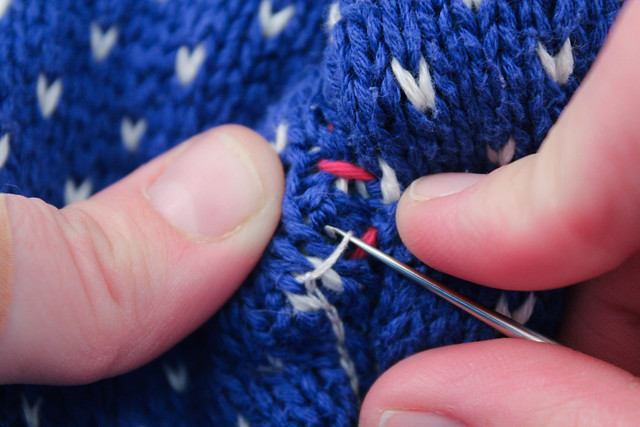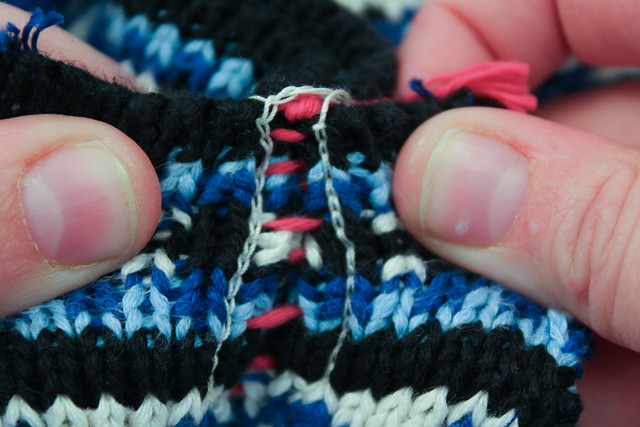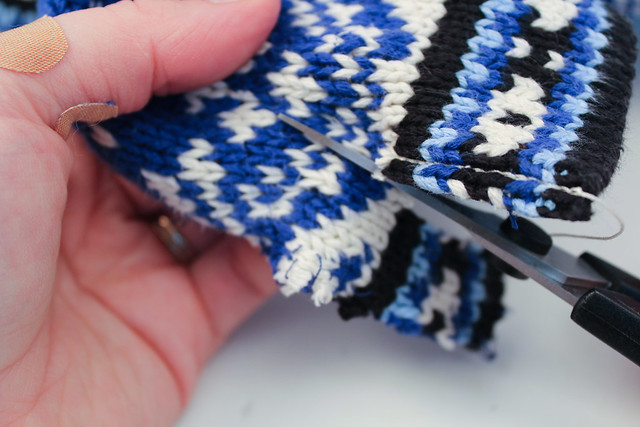I feel like it has been a sprint to the finish from the first week in November until now, but I can say with pleasure, as of the wee hours of today, I have all my deadlines finished until after the New Year. The finishing is done, the patterns are mailed off, presents are wrapped, Holiday cards are distributed, and I am officially very tired.
 |
| A collection of November and December Pictures |
In case you missed it the first time, the most popular posts from the last 2 months:
Tutorial: Mattress Stitch or Ladder Stitch
The Importance of Customer Relationship Management
Crochet Reinforcing for Steeking
Warning Signs Your Family Heirloom is Falling Apart
A Helpful Tool to Set in Sleeves
Over at Jordana Paige’s Blog:
The Low Down of Plies: What to Know when Choosing Yarn
What you need to know to set a Zipper in a Sweater
Tutorial: Re-sizing a Finished Sweater
Changing the Sleeve Silhouette on a Set in Sweater
Magic Sleeve Recipie
May you have a Happy Holiday!


